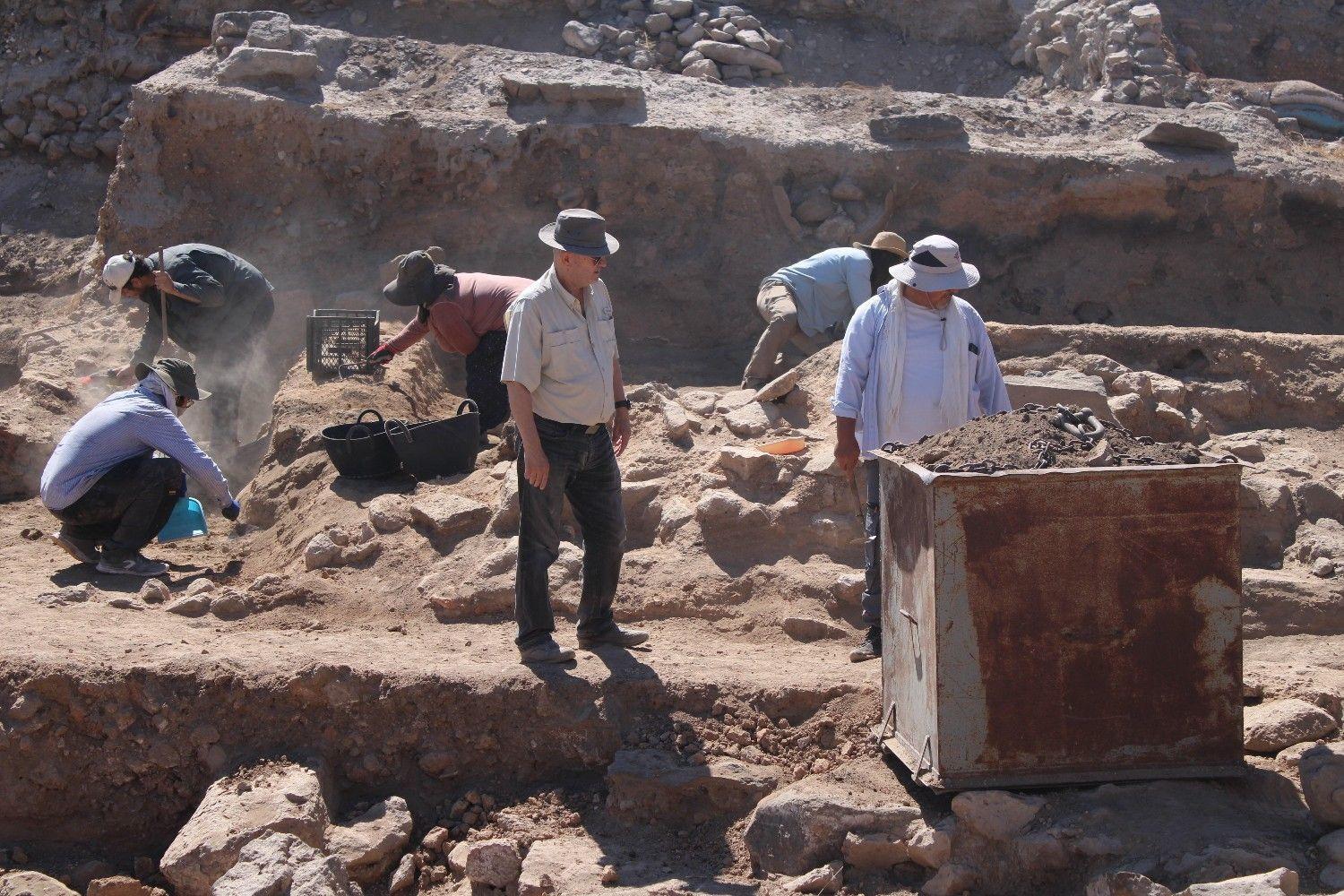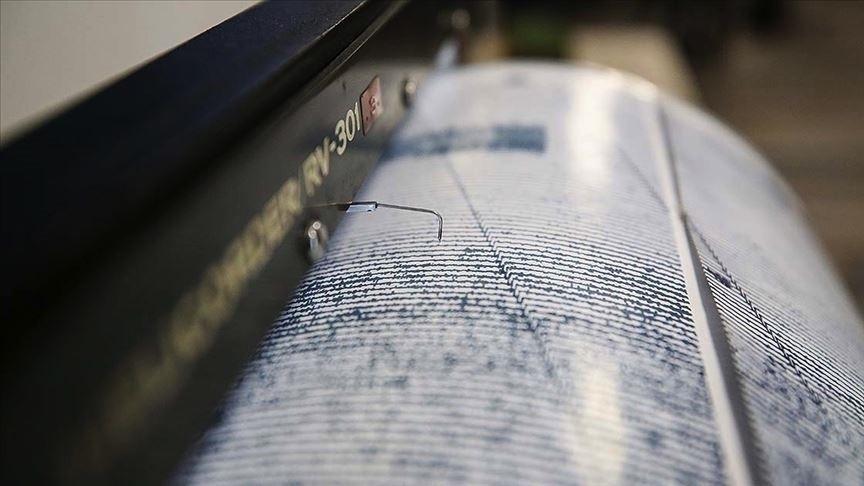Kültepe’s ceramics reveal Anatolia’s cultural crossroads
KAYSERİ

Thousands of ceramics unearthed at the Central Anatolian province of Kayseri’s Kültepe-Kaniş-Karum archaeological site reflect a remarkable diversity shaped by centuries of trade, craftsmanship and cultural exchange, the head of the ongoing excavations has highlighted.
“Kültepe’s richness in ceramics cannot be found anywhere else in Anatolia,” Fikri Kulakoğlu said. “This city was international in character, and that diversity is embedded in the ceramics, whether in form, decoration or the traditions behind their making.”
Dating back 4,500 years, the finds embody a rich array of traditions from Anatolia and Mesopotamia.
Located along the Kayseri-Sivas highway, Kültepe is known as “the place where Anatolian history begins.” Excavations here, initiated in 1948, continue with support from the Culture and Tourism Ministry and the Kayseri municipality. Over its 77 years of uninterrupted work, the site has yielded a trove of artifacts.
Kültepe’s ceramics tell the story of a settlement deeply connected to its surroundings. Some vessels were imported, while others were produced locally in foreign styles, a sign that influences spread os much through ideas as through trade.
“Trojan-style vessels, for instance, were not brought here but reproduced locally in the thousands,” Kulakoğlu noted. “They reflect how fashions and techniques traveled, shaping the material culture of Anatolia.”
The variety extends far beyond tableware. Jewelry, seals and other artifacts found alongside the ceramics carry similar hallmarks of exchange, linking Kültepe to regions as distant as Malatya and Elazığ in Türkiye’s Eastern Anatolia region and even the city of Ur in southern Mesopotamia.
“From eastern Anatolia to Mesopotamia, we see a shared cultural fabric reflected here,” Kulakoğlu explained. “This is the very character of Kültepe: Diversity as a constant.”
That diversity spans centuries. While often associated with the Assyrian Trade Colony period, Kültepe’s cosmopolitan nature persisted into the Hellenistic era. Objects were imported, adapted and reimagined locally.
Ceramics, however, are more than cultural markers — they are also essential for dating the past.
“In Near Eastern archaeology, ceramics are indispensable for chronology,” Kulakoğlu stressed. “Every piece we recover is carefully classified. For example, a vessel dating back 2200 B.C allows us to date the house where it was found. Identifiable ceramics are our most reliable tool for establishing timelines.”
As archaeologists continue to uncover layer upon layer of Kültepe’s history, the ceramics stand as testimony to the portrait of Anatolia as a crossroads, where cultures met, mingled and left behind a legacy still visible today.
















